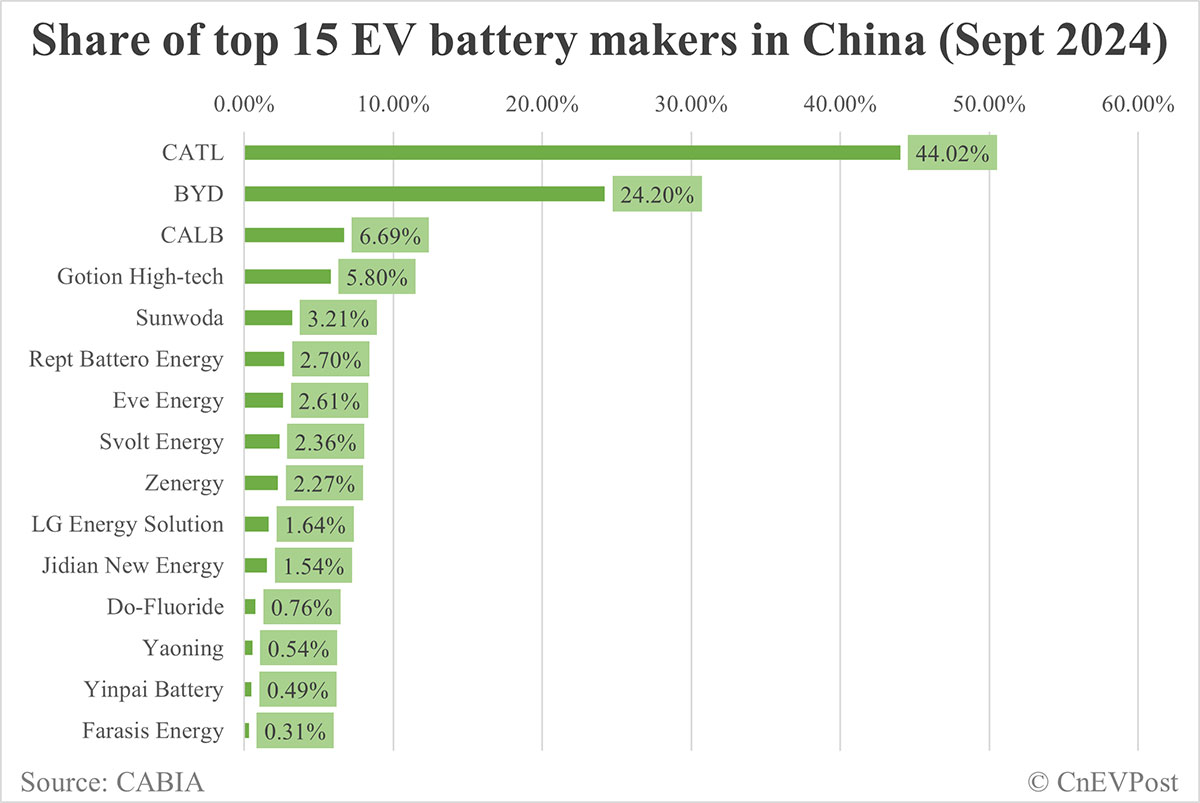
The Yangwang U7 will be powered by BYD's second-generation blade battery, which will have a charging multiplier of more than 5.5 C and a discharging multiplier of more than 14 C, according to an auto blogger.
For details, please visit CnEVPost.

The Yangwang U7 will be powered by BYD's second-generation blade battery, which will have a charging multiplier of more than 5.5 C and a discharging multiplier of more than 14 C, according to an auto blogger.
For details, please visit CnEVPost.

Svolt said it had to make the decision after the development of the European EV market failed to meet the expectations of all stakeholders.
For details, please visit CnEVPost.

That's because Svolt's operations in its home market in China are already struggling, and it can't afford to handle overseas factories that require a lot of capital, according to Caixin.
For details, please visit CnEVPost.

CATL has launched the Freevoy battery for hybrid vehicles, which offers a range of more than 400 kilometers and supports 4 C fast charging, allowing hybrid vehicles to deliver a BEV-like experience.
For details, please visit CnEVPost.

CATL reported net income of RMB 13.14 billion in the third quarter, up 6.32 percent from the second quarter. It had a record gross margin of 31.17 percent in the third quarter.
For details, please visit CnEVPost.

CATL and BYD both saw their share of the Chinese EV battery market decrease slightly in September, as smaller players, including Gotion High-tech, gained share.
For details, please visit CnEVPost.

CATL and BYD continued to hold the top two positions as the world's largest battery makers in the January-August period, with the former seeing a slight decrease in share and the latter an increase.
For details, please visit CnEVPost.

A CATL production site in Ningde, Fujian, where the company is headquartered, caught fire in one of the rare accidents in battery manufacturing.
For details, please visit CnEVPost.

BYD's chief scientist expects solid-state batteries to be widely used in 5 years, starting with high-end models, the first time a BYD executive has spoken publicly on the topic in the last few years.
For details, please visit CnEVPost.

SAIC-GM and CATL have jointly launched an LFP battery that supports a 6C charging multiplier and can get more than 200 km of range on a 5-minute charge.
For details, please visit CnEVPost.